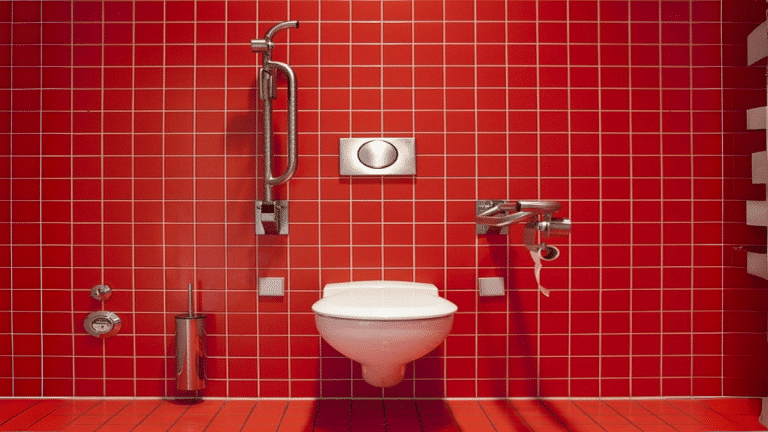Plumbing emergencies have a nasty knack for disrupting our lives when we least expect them. In addition to happening after hours, they almost always make a huge mess and take hours to resolve.
In a bid to get a handle on these cringeworthy issues, many homeowners rely on the emergency plumber Brisbane residents call in a crisis. This post takes a closer look at the steps your 24-hour plumber wants you to take while you wait for assistance.
Contents
Being Proactive Makes All the Difference
In an ideal situation, your emergency plumber is down the road when you call, and they can rush right over and resolve the problem in a matter of minutes. However, in the real world, your plumber may be across town, busy on another job. That means you will have to deal with the situation until help arrives. Here are a few steps your plumber would like to follow while you wait.
1. Step 1: Switch the Water Off if Necessary
The number one rule in any plumbing emergency is to switch the offending issue off at its main switch, if necessary. If your problem is water-related, your first step should always be to locate the main shut-off valve and turn the water off. Doing this will lessen any water damage and also reduce the likelihood of an inflated water bill that may happen as a result of hours of water streaming into the walls.
2. Step 2: Check on the Gas and Electricity
Keep in mind that not all plumbing emergencies affect the electricity or gas. However, if you have a burst pipe or leak in your home, it may be necessary to switch the power off as well. This is especially necessary if you have electric cables or wiring that you suspect may have gotten wet. If you have water leaking where you have power outlets, you will need to switch the power off at the mains.
Any emergency that involves gas should include shutting the gas off and getting everyone out of the house. Don’t wait to see if anyone develops symptoms. Any gas leak, no matter how small, must always be treated as a major emergency.
3. Step 3: Drain the Water Pipes
When you switch the water off at the main supply, you will cut off the supply to the pipes. This puts an end to the streaming, but there will still be water inside the pipes. Once you have turned the water off, open the taps and let them run dry.
It usually takes a few minutes for this to happen. You can avoid wasting more water by using a bucket to catch the water from the taps. You can use this water in your toilet or the garden.
4. Step 4: Dry up the Area
Some emergencies involve small leaks that fortunately don’t make too much mess. Then there are those instances where water leaks from an indoor water heater pool on the floor. This can cause damage to the floor or result in an electric shock if the water reaches any cables or wiring. It’s also a potential slip-and-fall hazard for you and your plumber.
Avoid this by drying up as much water as possible. Your plumber doesn’t need to see the actual water to know they’re dealing with a leak. Use towels, blankets or even a wet and dry vacuum cleaner for larger leaks. Opening windows and doors will also help to ventilate and dry the area. This goes for blocked toilets and sinks that may be overflowing.
5. Step 5: Clear the Emergency Area
The emergency plumbing team should be able to reach the issue as soon as they arrive. This means it’s a good idea to move furniture or other items away from the area where the plumbers need to work. Doing this means that you’re reducing the likelihood of any potential damage to your furniture, and the team will be able to start working on your emergency immediately.
6. Step 6: Take Photos for Your Insurance Claim
It’s always a good idea to take a few photos of your emergency. This is especially necessary if you have home insurance. In this instance, you will also need to obtain a report from the plumber about the problem and the action taken.
Photos are also an excellent way of showing your plumber what you’re dealing with while he’s en route. Your plumber will then be able to advise you of the right steps to take until they arrive, and they will also be able to ensure that they have the right tools and spare parts if necessary.
Final Thoughts
Many plumbing emergencies are almost always messy and will most definitely always happen at the oddest hours. Fortunately, your local plumbing team has a 24-hour emergency plumber on call to help you deal with whatever plumbing issue you have. Follow our tips to keep the situation under control until help arrives. Your actions may be the difference between a minor issue and a major catastrophe.

